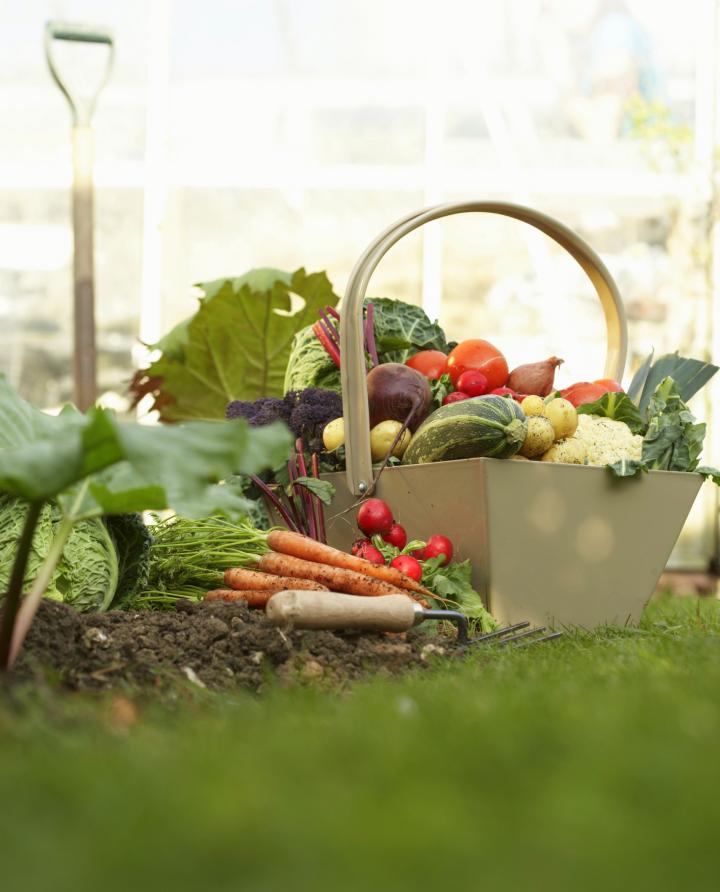 Photo by Thinkstock
Photo by Thinkstock
Contemplating your first vegetable garden? How hard can it be? Just stick a few seeds in the ground and stand back, right? If only it were that easy!
Here are 10 gardening planning tips to consider before you dig in:
- Pick the right site. Most vegetables need at least 6 hours of sun a day. Some crops such as broccoli, lettuce, spinach, and other greens will grow well in your less sunny spots.
- Keep it close to home. A location near your house will make it easier for you to tend your plot regularly and will also make it convenient to run out and pick what you need for a meal.
- Only grow things your family likes to eat.
- Water needs to be readily available. Nothing burns out a beginning gardener faster than having to lug water to thirsty plants during a heat wave.

- Good soil is the key to a successful garden. Start with well-drained, sandy loam and add as much organic matter as possible.
- Compost, leaf-mould, or well-aged manure will increase the ability of your soil to both drain well and hold moisture - the sponge factor.
- Never use fresh manure! It can harbor dangerous pathogens and will burn tender plant roots. Compost it for at least 6-12 months.

- Seeds or plants? Most garden vegetables can be directly seeded where they are to grow—lettuce, beans, carrots, beets, chard, spinach, peas, cukes, and squash. Things that take longer to produce an edible fruit do better with a headstart. Purchase transplants for tomatoes, peppers, eggplant,and melons or start your own indoors 6 to 8 weeks before planting them outside.

- Choose varieties that will mature in your growing season. Look in the Almanac to see the first and last frost dates and how long a growing season you have to work with in your area.
- Keep your garden productive by staggering plantings of fast-maturing veggies such as beans and lettuce and replanting other areas as they are harvested.
- If you have impossibly rocky soil or solid clay, consider building some raised beds that you can fill with good soil. Growing vegetables in containers is another option. If you want an instant garden, try grow bags.

Lay down large bags of potting soil in your sunniest location, poke drainage holes in the bottom, make some slits in the top and pop in your transplants. I had a friend who lined her driveway with bags every spring since it was the only sunny spot she had. Her tomato plants were beautiful and she grew luscious peppers, too!
A little planning will go a long way toward making your first garden a successful one!
Check out the Almanac’s Garden Planner: an easy drag-and-drop tool to help you lay out your garden beds. Right now, there’s a free 7-day trial!







 Photo by Thinkstock
Photo by Thinkstock




